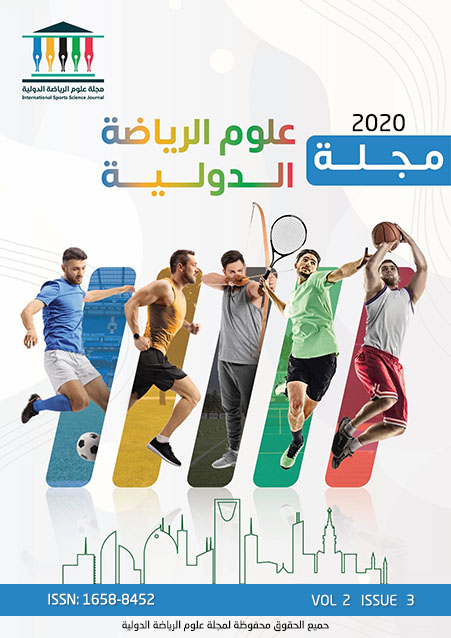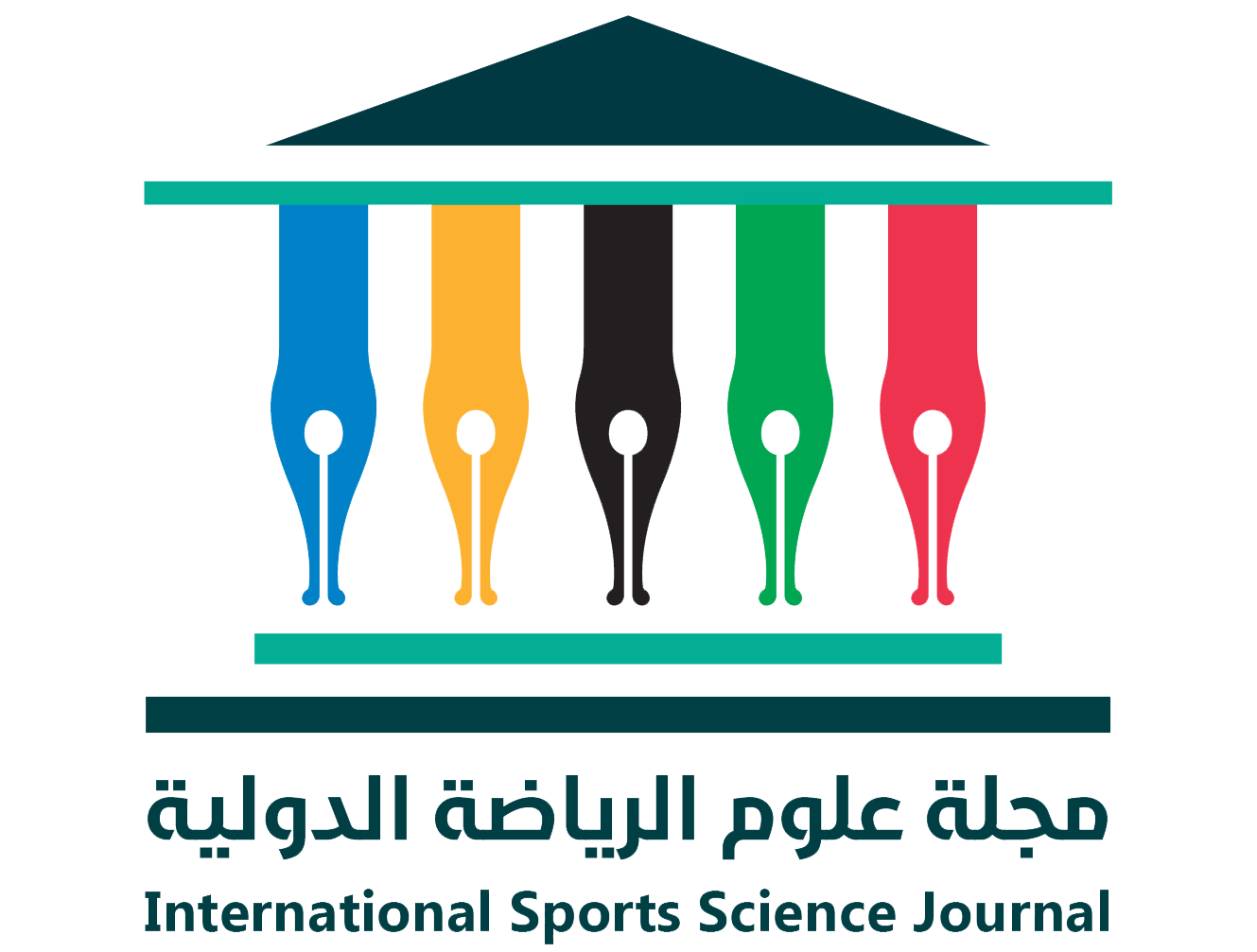The effect of special exercises according to the inclusion method in developing some coordination abilities and the accuracy of the heading skill from a stationary position in football for 1-year-olds.
DOI:
https://doi.org/10.71377/g1xsc905Keywords:
The inclusion method (containment), compatibility skills, footballAbstract
Given the significant progress and popularity of football, specialists and experts in the field of training and learning have adopted developmental methods for this game, as it relies on the fundamental pillars of skill performance. This includes the development of coordination abilities such as flexibility, agility, and precision in heading accuracy. From the center of the Amu Bab Football School, and considering the importance of stability for the research sample aged 13-15 years in coordination abilities for shooting accuracy, the researchers used the inclusion method, which equals the weak abilities to learn and master the skill. Therefore, the researchers resorted to using this method to learn coordination abilities.And training her in the accuracy of the heading skill from a stationary position through special exercises to solve the problem. Therefore, the research aimed to establish coordination exercises and their impact on developing the accuracy of the heading skill from a stationary position. As for the research differences, there is a relationship between the pre-test and post-test for developing coordination abilities and the accuracy of the heading skill for the research sample individuals. The research also concluded that there are significant differences using the inclusion-embedding learning method in developing coordination abilities and the accuracy of the heading skill from a stationary position in the post-test. The researchers recommended using additional exercises to develop other abilities and using sports activities for various events.
Downloads
Downloads
Published
Issue
Section
License
Copyright (c) 2025 International Sports Science Journal

This work is licensed under a Creative Commons Attribution-NonCommercial-ShareAlike 4.0 International License.










